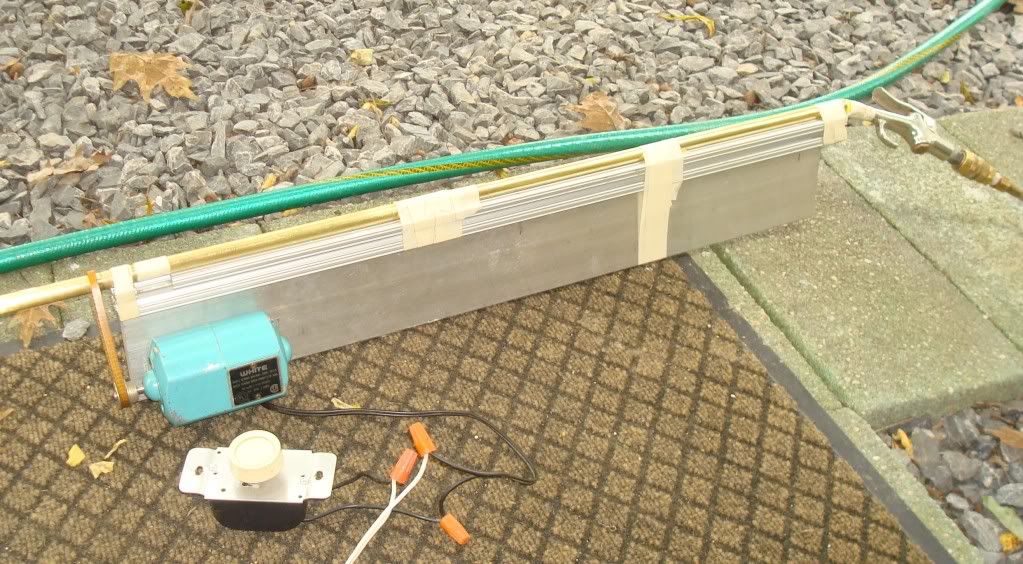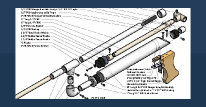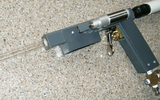Before I begin, I’d like to complement you on your demo. You’ve obviously put some time and effort into this, unlike most other people who have posted a “conceptual” topic. First off, I’d like to say that there’s not any debate that a properly rifled barrel would improve performance. That this even needs to be stated is rather pitiful in and of itself. We do not have the ability to rifle brass, or any other barrel material to a level where this would become at all practical.
At the risk of being pedantic, what you’re doing is not rifling. For those who don’t know, rifles have grooves on the inside of the barrel that causes the bullet to spiral. This spiraling motion causes the bullet to be far more accurate. The same concept applies to football, where the quarterback throws the ball in a spiral. What you’re doing is spinning the barrel to try to make the dart spin, that’s not rifling.
Second off, you’re talking about 600 RPM being a low setting. That combined with all your equipment seems like it could be a safety hazard, not to mention heavy. You also have the issue of mounting this to a gun so that it isn’t front heavy, and more importantly sealing. If you came to a war that I hosted, I’d make sure that you would not be allowed to use this rig.
The fixation that people have with trying to make their guns better is absurd, but can be rather amusing. It seems that nerf is getting to a level, (if it hasn’t already) where people prioritize making their blasters better over interacting with other members others of the community. I think I’d have much rather nerfed in the early part of this decade when (as far as I can tell) the emphasis wasn’t on winning or losing, or who had the most awesome gun, or who had the gun that you had to lift weights in order to be able to prime, but was about hanging out with a bunch of other nerds and playing with brightly colored toys that had crayola barrels slapped on the night before the war. And to me, that seems to be far more enjoyable than the direction that nerf is headed.
Zorn is being his normal sarcastic self, and he’s right, this setup will never evolve to a point that it becomes war practical. If God forbid, that somehow we manage to get foam darts and barrels to meet tolerances at the level of thousands of inches, then I’m going to have to find a new hobby. Give it up kids, it’s not going to happen, and it never will. However, please feel free to make fools out of yourselves. For those of you who still think that you can pull this off, here’s a picture of a rifled barrel.
Rifled barrel
Edited by Homestarune, 28 August 2009 - 11:47 AM.
We're not discouraging people from joining a Nerf forum, we're discouraging them from joining this forum. It's an important distinction because, frankly, we don't give a shit. The Haven was created to escape the idiotic masses, now they're all here. -cxwq






















